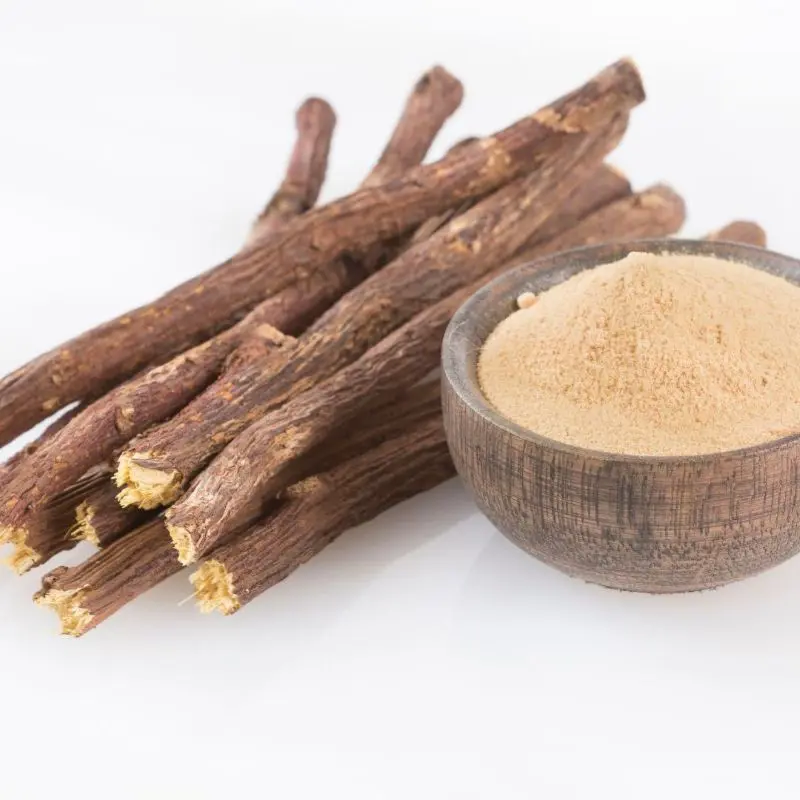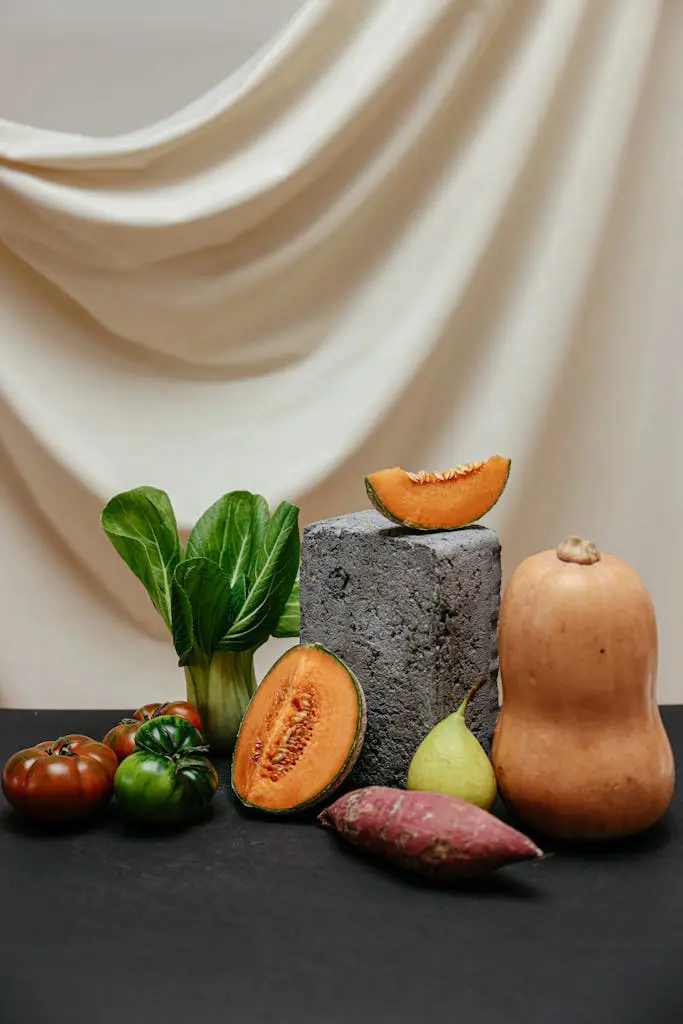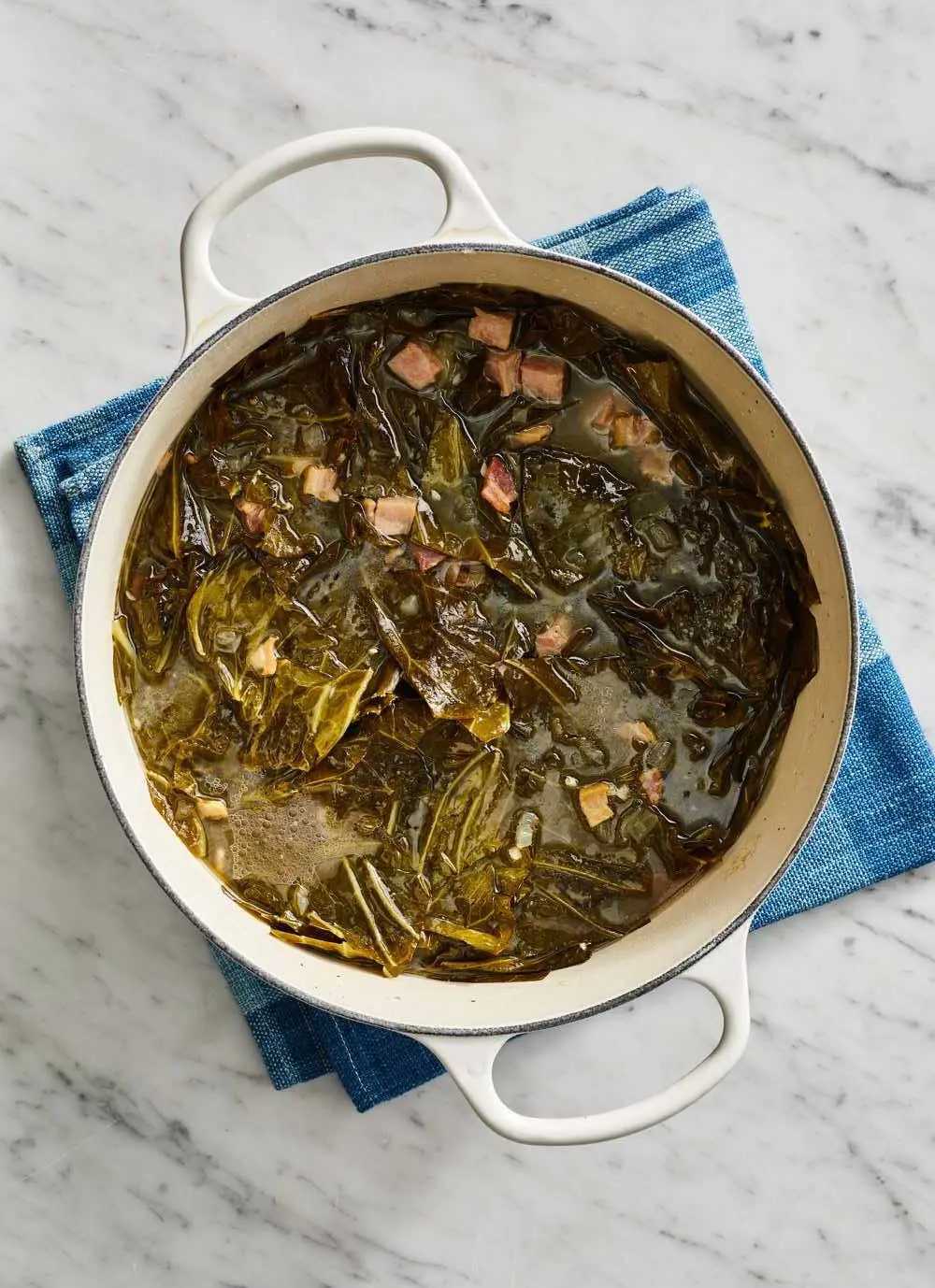18 Japanese Tea Types And Their Health Benefits
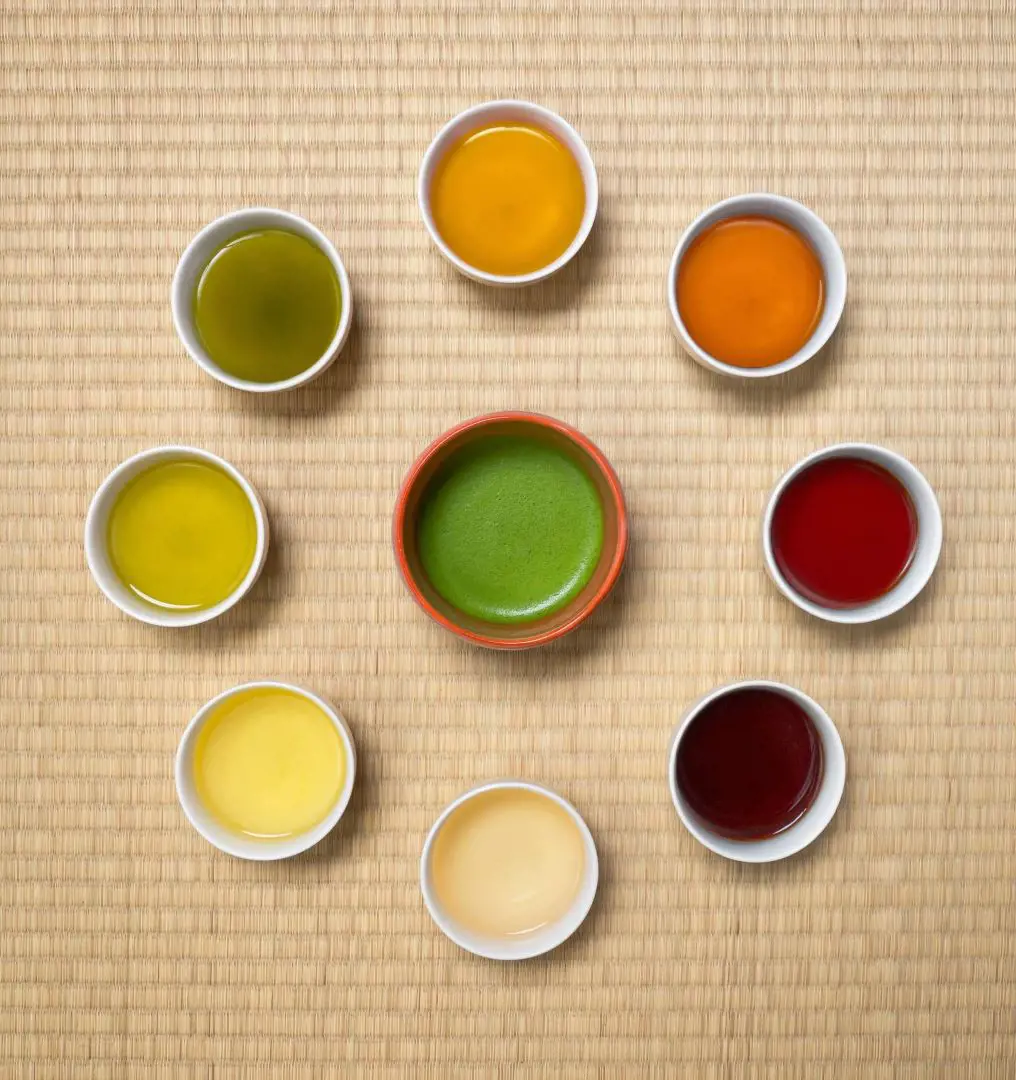
Japan is one of the largest producers of green tea. They have some of the sweetest and, in fact, the best green tea in the world.
Compared to other countries, Japanese teas follow the steaming process to stop oxidation rather than pan-frying. Here are 18 types of Japanese tea and their health benefits.
1. Sobacha
Sobacha is a roasted buckwheat tea. 'Soba' means buckwheat, while 'cha' means tea in Japan. This tea is popular in China and South Korea as well.
The tea can be infused with grains, leaves, or flowers besides buckwheat. This herbal tea releases a roasted fragrance with a nutty, sweet, and slightly bitter flavor, which can be either cold or hot.
Sobacha is widely popular in Japan alongside noodles. It is a nutritional drink, free from caffeine, that possesses several benefits:
- Improves digestion
- Regulates heart health
- Lowers blood sugar level
- Prevents edema and arthritis
- Helps to prevent cardiovascular diseases and diabetes
2. Gobocha
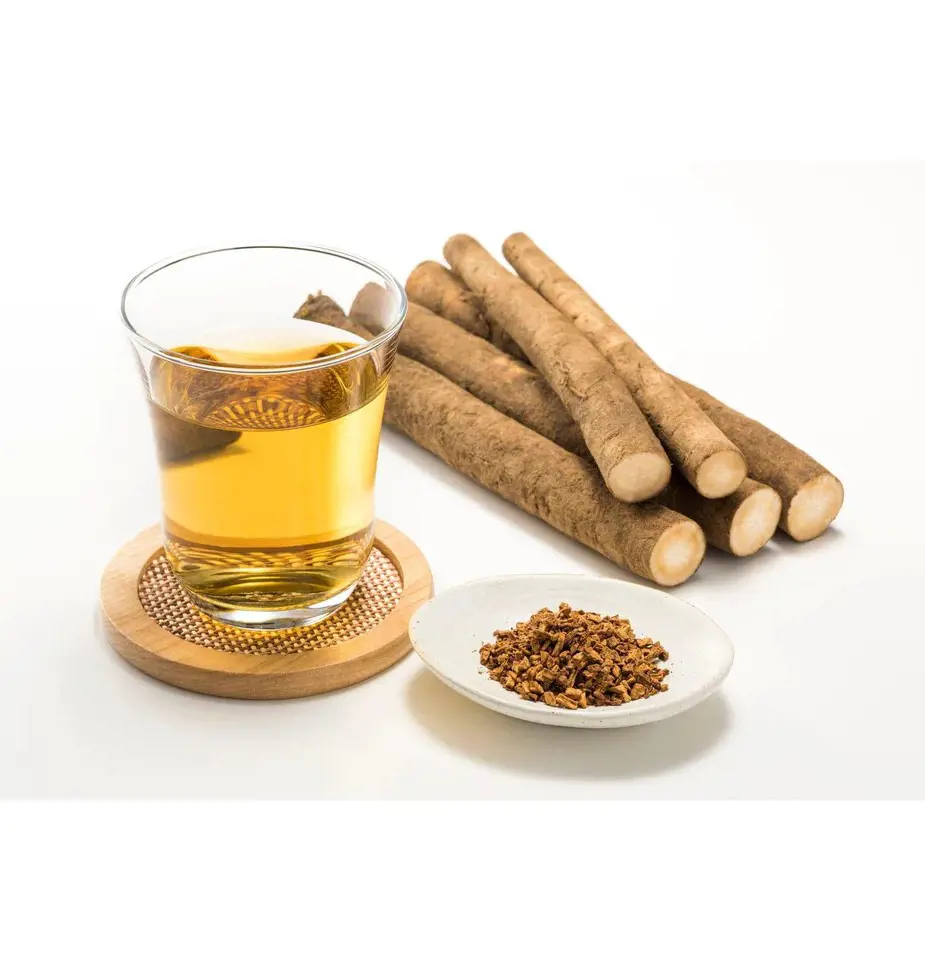
Burdock root tea, or Gobocha in Japanese, is an herbal tea made from the roots of burdock. Gobo implies a variety of burdock root, a vegetable species popularly consumed in Japan. The high-quality burdock roots are steamed and roasted to prepare gobocha.
This caffeine-free beverage has an earthy flavor similar to mushroom soup and is famous for being high in fiber and antioxidants. The vegetal taste of the burdock is stabilized with other herbs. Gobo cha is a perfect after-meal drink. Some of its benefits include:
- Contains anti-aging properties
- Reduces risk of chronic diseases
- Improves gastrointestinal health
- Prebiotic properties improve health
- Antioxidants protect the cell from damage.
3. Sakurayu
Sakuraya or cherry blossom tea is made by infusing fermented cherry blossoms in hot water. After brewing, the compressed bud spreads out and floats on top, releasing a pinkish hue with a slightly sweet and salty flavor.
The flowers are preserved in salt and vinegar gives them a flowery aroma. Sakuraya is often consumed during special occasions to mark a new beginning, such as an engagement or wedding. Free from caffeine, it offers many benefits:
- Helps to slow down aging
- It lightens uneven skin pigmentation
- Being high in polyphenol antioxidants, sakuraya helps fight free radicals.
4. Kuromamecha
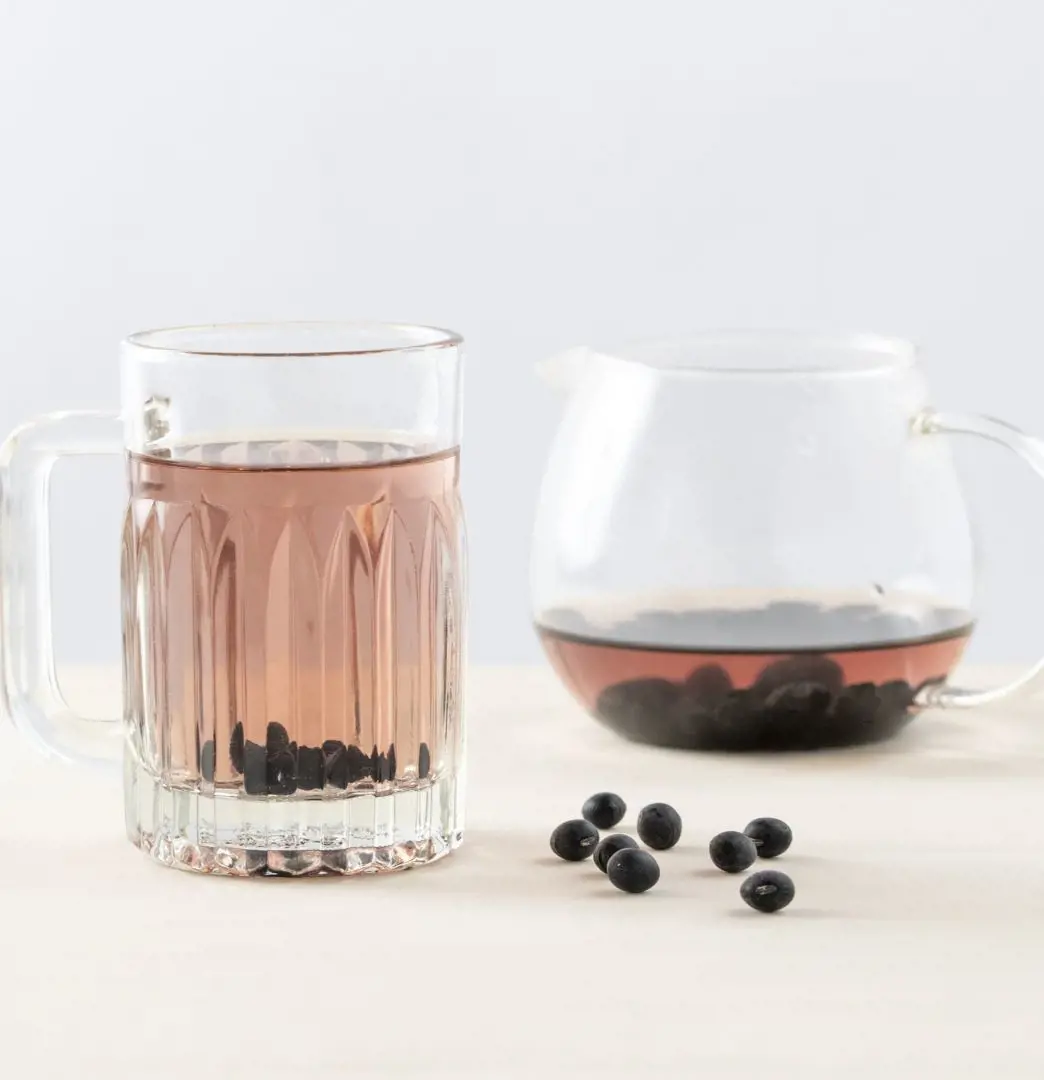
Black Soybean Tea, or Kuromamecha, is a Japanese tea prepared from roasted dark soybean, known for its anti-aging properties. The roasted beans could be either left in their original form or grounded. The resulting tea has a salty, tangy aroma with a toasty and sweet taste.
Due to its roasted nature, the tea produces a brown hue. You get extra fiber after consuming the beans. Consuming Kuromamecha can provide several health benefits, some of which include:
- Helps in weight loss
- Supports skin health
- Improves lipid metabolism
- Regulates blood sugar level
5. Wakoucha
Wakoucha, or Japanese black tea, is a red tea. The team 'Wa' means Japan, and 'Koucha' means red tea. It is because of the dark, dry leaves; it is called black tea.
While this tea maintains the basic taste of dark tea as earthy and sweet, its actual flavor results in smoothness with a pinch of sourness. The brew forms a red tone and is perfect to start a refreshing day or with some evening snacks. Some of Wakoucha's benefits are:
- Improves focus
- Reduces risk of stroke
- Helps in the digestive system
6. Mugicha
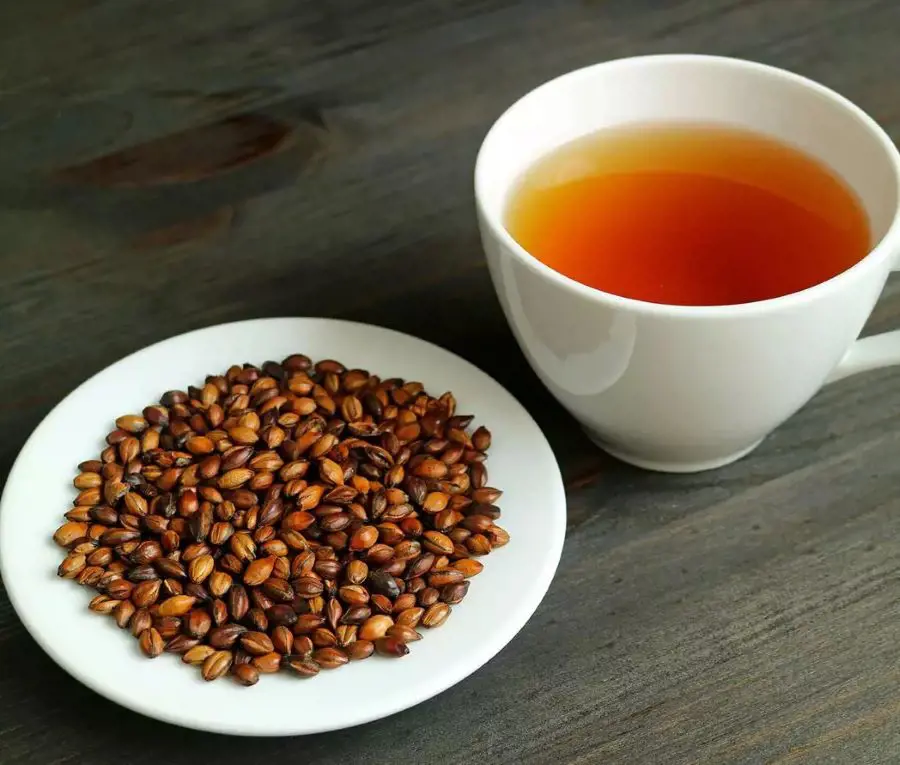
Mugicha, or Japanese barley tea, is prepared from roasted barley grains and served either cold or hot. With no caffeine, this drink is suitable for all ages. It has a roasted, smoky, and nutty taste with a slight gist of caramel.
Mugicha is loaded with vitamins and antioxidants. Every Japanese kid consumes this drink during the summer. You will get many benefits by skipping iced tea for this frothy glass of barley tea. Some of them are:
- Prevents tooth decay
- Improves blood flow and circulation
- Vitamin C present in Mugicha protects the immune system.
7. Sencha
Sencha is the most standard and highly consumed green tea in Japan. The harvested leaves are directly exposed to sunlight. The plucked leaves are steamed, roasted, and then dried. Sencha has a wide variety, with Shincha being the highest-quality version.
Harvested from the first season, Sencha releases a sweet flavor with mild sourness. The leaves are green and pointed like a needle. Sencha is available in canned as well as bottle form. Some health benefits include:
- Boosts fat-burning
- Reduces cholesterol
- Decrease Inflammation
- Boost the immune system
- May promote brain function
- Includes healthy bioactive elements
8. Hojicha
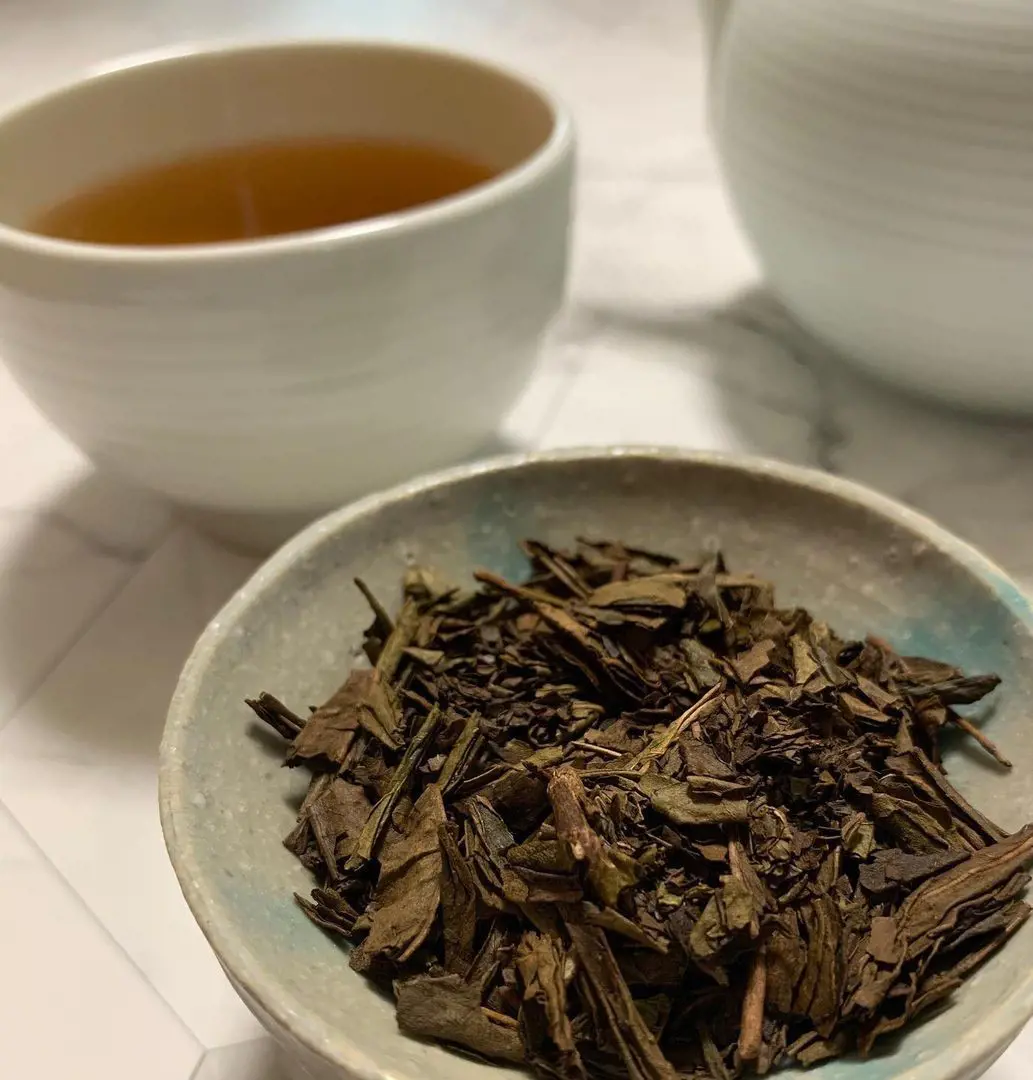
Hojicha is a roasted tea prepared from bancha or sencha tea until the leaves turn brown. This roasting process makes Hojicha distinct and unique from many Japanese teas. Brewed Hojicha will be slightly light brown with a roasted coffee or cocoa aroma.
It has an earthy and perfectly sweet taste. Hojicha is known for its low caffeine and tannin content compared to other green teas. It offers several benefits, some of which are:
- Relieves stress
- Support heart health
- Makes skin supple and smooth
- Protects against colds and maintains a robust immune system.
9. Tencha
The tea leaves that are used for making matcha are called tencha. Before harvest, the leaves of Tencha are covered for a specific time to create more shade. A similar process is followed in Kabusecha and Gyokuro.
Tencha is not rolled like many other Japanese teas. After steaming, the veins and branches are removed, leaving only the leaves. The tea has a sweet, umami, buttery, and toasty taste that releases a fresh aroma. Benefits include:
- Detoxifies the body
- Amino acids repair body tissues
- Encourages fat burn and weight loss
- Antioxidants protect the body from diseases.
10. Matcha
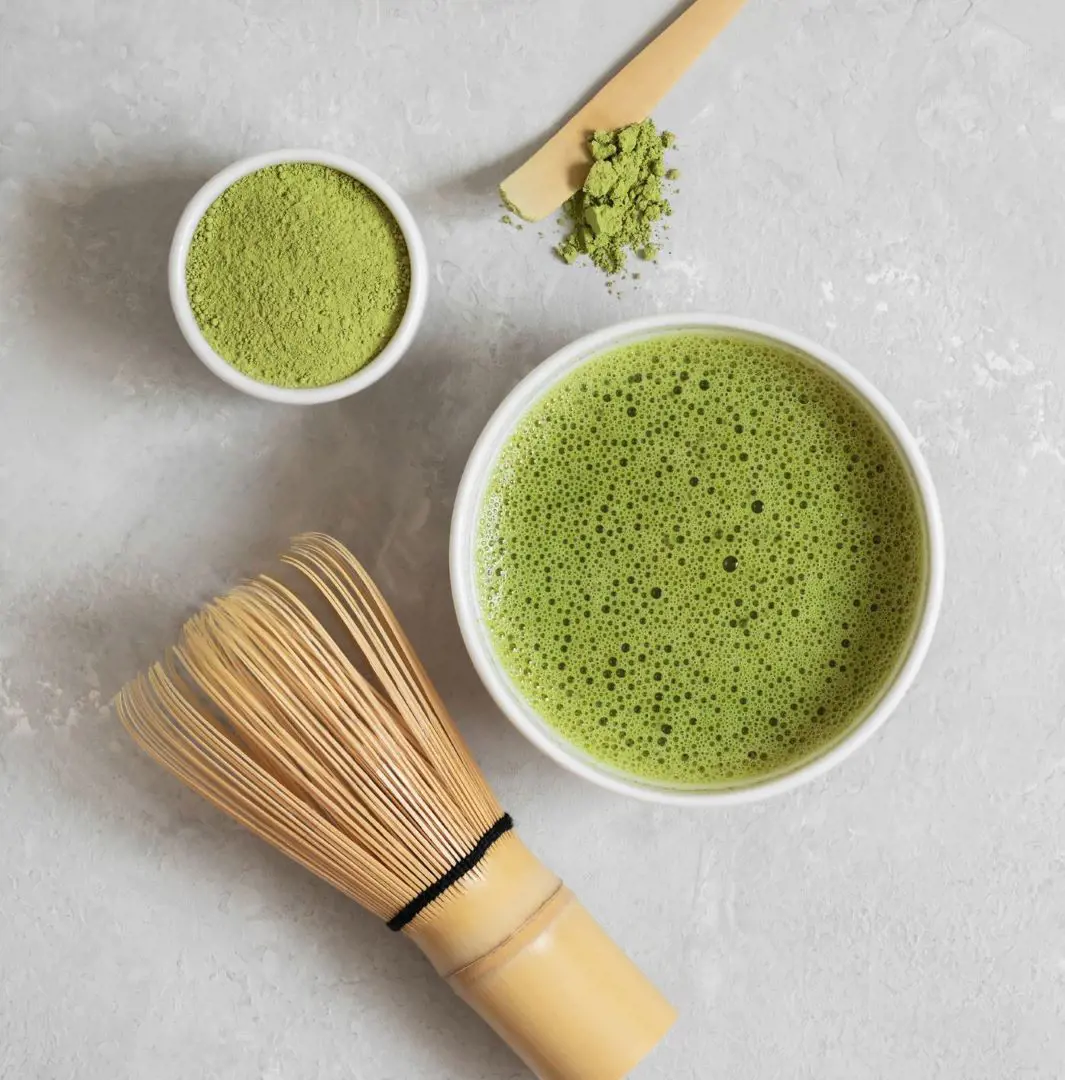
Matcha is prepared from Tencha leaves. They involve high-quality leaves, that are laid flat, dried, and stone ground into a fine bright green powder. Matcha is a globally renowned tea popular for drinking, cooking, making fusion, and even used as a skincare.
Matcha follows a unique method of harvesting, handling, and organizing. Before they are harvested, the plant is covered to prevent direct sunlight and allowed to grow in the shade. Match comes with several benefits, some of which are;
- Aid in weight loss
- Rich in antioxidants
- Promote healthy heart
- Helps to protect the liver
- May help prevent Cancer
11. Kamairicha
Unlike steamed teas, Kamairicha is fried in a kettle to halt fermentation. Because of this, Kamairicha does not have an astringent feature like most other Japanese teas.
They produce a slightly roasted flavor with a subtler and refreshing note than bitter. The roasting process gives Kamairicha a different curly look.
Kamairicha is similar to many Chinese teas in terms of aroma and taste. This is a rare tea with a high price. Due to its medicinal and nutritious value, it offers the following benefits:
- May prevent Cancer
- Strengthen immune system
- Regulates the functioning of the heart
- Help to reduce the risk of cardiovascular diseases
12. Gyokuro
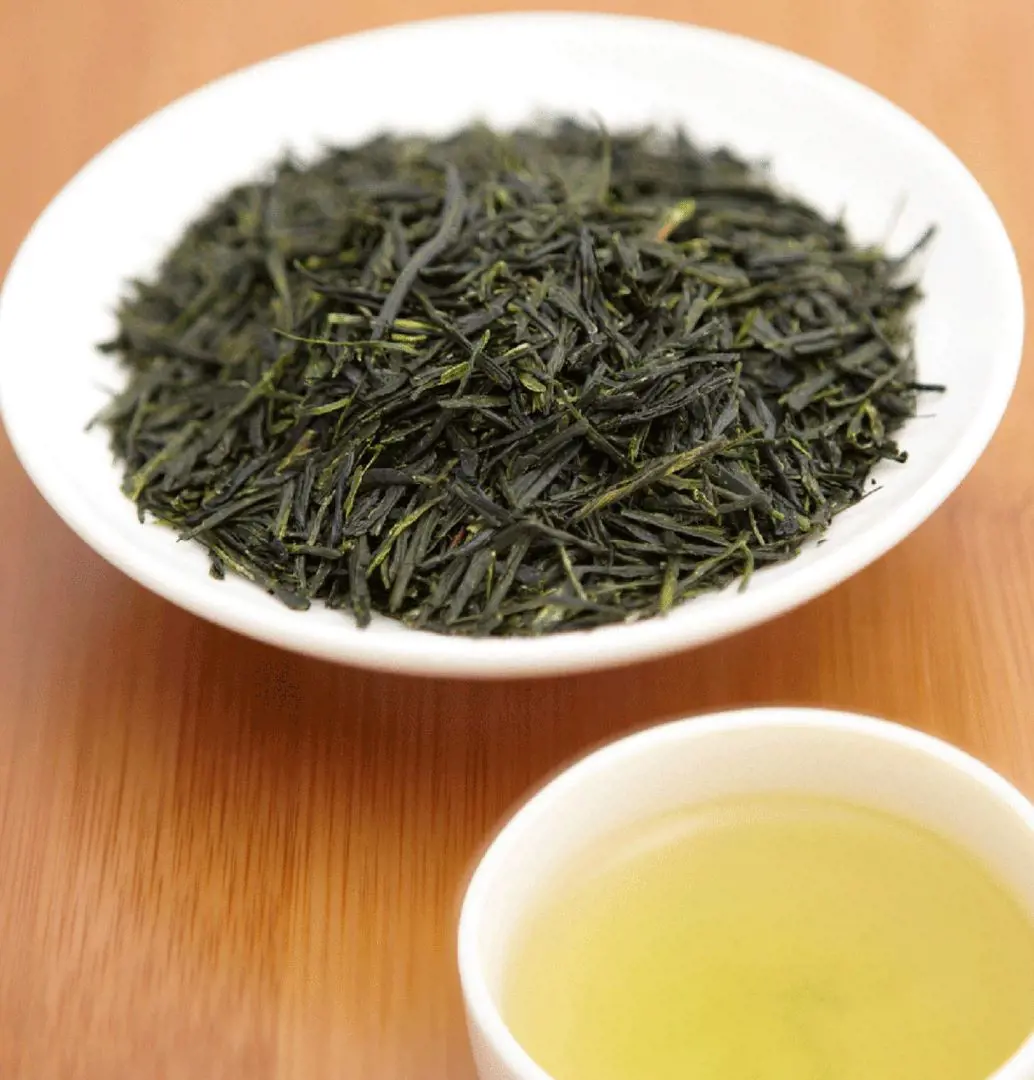
This high-quality, luxury tea is well-known for its high price, and for being rare and hard to produce. During the production of Gyokuro, tea plants are covered to increase theanine and decrease catechins. Because they are hand-picked it contributes to high prices.
Gyokuro should be carefully brewed, as leaving it in too hot water for long may cause a bitter taste. When correctly brewed, it results in a pale green color. It has a delicate earthy fragrance with a rich and savory flavor. Gyokuro tea offers the following benefits:
- Weight loss
- Oral hygiene
- Cancer Prevention
- Increase concentration
13. Kabusecha
The word Kabuse means ‘covering’ in Japanese. Kabusecha includes a similar production process as Gyokuro. However, Kabusecha is not covered in much shade for so long as Gyokuro. The taste and fragrance of this tea are similar to that of Sencha and Gyokuro.
The shading helps the tea to form a rich umami and delicate sweet taste. The brewed tea results in a light green color. Kabusecha releases plenty of health benefits including:
- Reduces premature aging of the cell.
- L-Theanine content in the tea helps to stay relaxed
- Reduces the risk of Type 2 Diabetes and some types of cancer.
14. Genmaicha
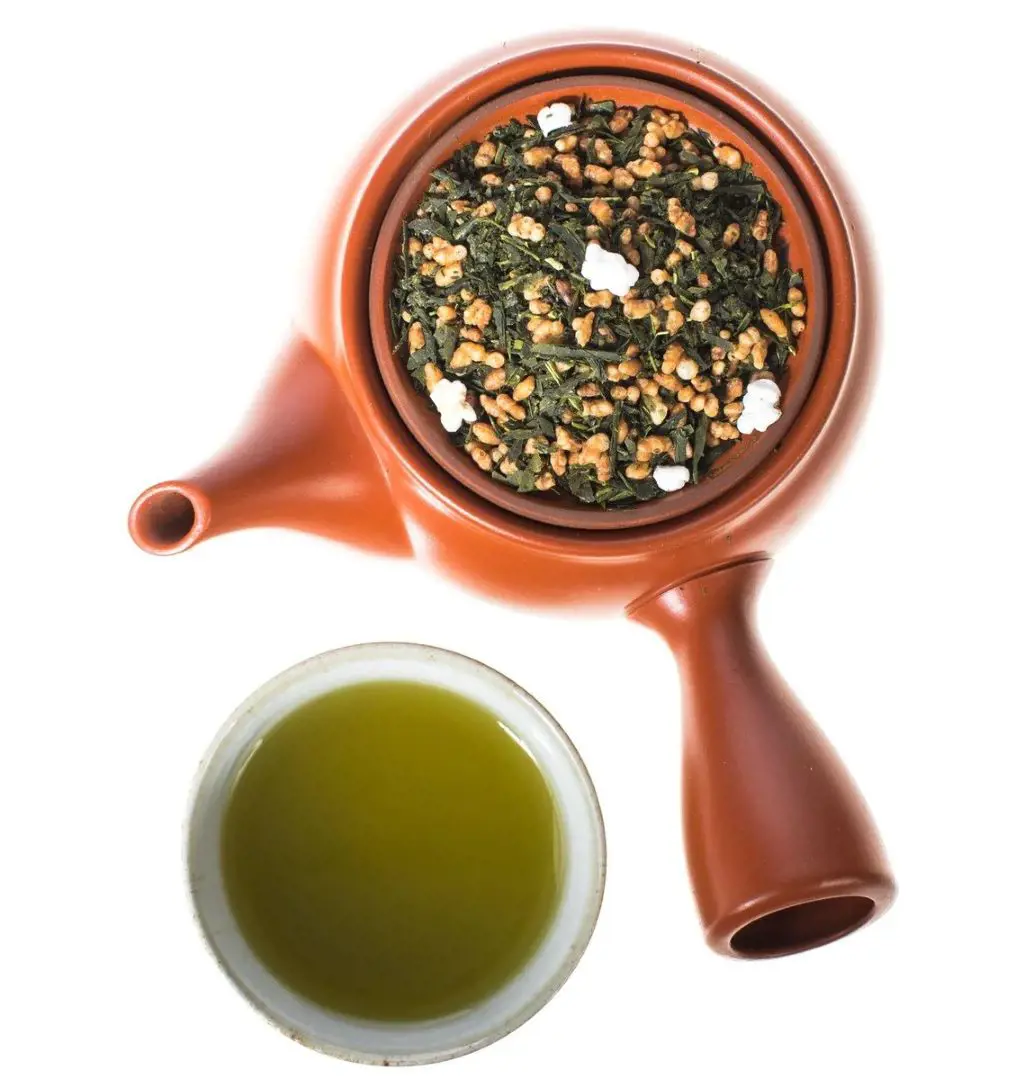
Genmaicha is a tea with brown rice and sencha or bancha combined. Genmaicha is available in bottle or canned form in any Japanese grocery store or vending machine. Genmaicha can be prepared with different rice and tea, resulting in a unique aroma and taste.
Genmaicha is widely consumed and appreciated for its distinct features in Japan. The brewed tea results in a pale yellow hue with a light roasted aroma. The roasted rice gives a nutty flavor. Its health benefits include:
- Helps in weight loss
- Preventing blood clots
- Enhancing blood vessel regulation
- Low caffeine makes it a suitable drink for kids.
15. Kukicha
Kukicha, twig tea, or bocha is a mixture of stems, twigs, and stalks. Kukicha can be found both in green tea and more oxidized form. Due to the presence of various tea parts, Kukicha releases a distinct aroma and flavor.
The flavor of Kukicha sits between Sencha and Gyokuro, producing a mild nutty and slightly creamy sweet flavor. Because of low astringency, Kukicha is an ideal everyday tea. Karigane is the top-quality Kukicha, made from the stem and other parts of leaves used for Gyokuro production. Some of its benefits are:
- Combats fatigue
- Helps in digestion
- Useful to control acne and rashes.
16. Tamaryokucha
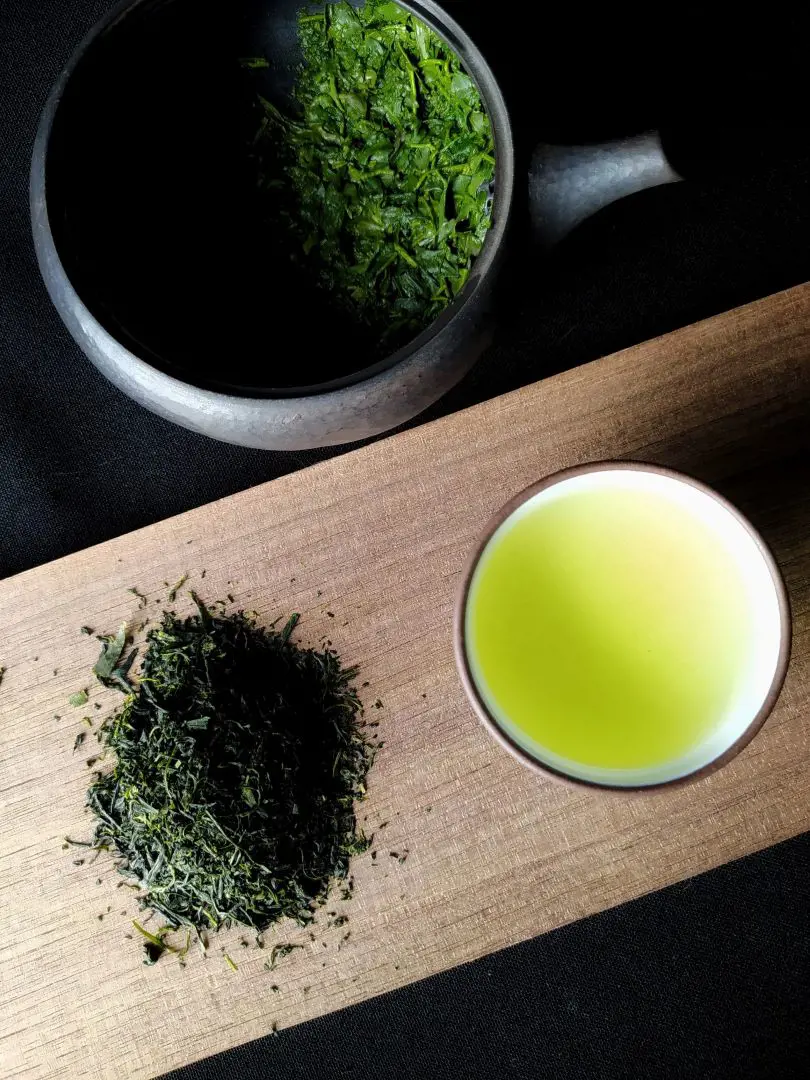
Tamaryokucha is a type of Sencha. The curly shape of Tamaryokucha makes it different from the needle-like shape of Sencha. Tamaryokucha comes in two forms; pan-fried and steamed. They have a smooth taste and are low in astringency.
They are high-grade teas commonly known as Guricha. The name Tamaryokucha means ‘coiled green tea’ which releases a yellow tone after brewing. Consuming Tamaryokucha provides benefits such as:
- Maintains skin elasticity
- Contains anti-aging properties
- Antioxidants present help to fight free radicals
17. Konacha
Konacha is a Japanese green tea made from leftover particles and pieces from Sencha and Gyokuro. It consists of tiny leaves, dust particles, and tea buds. It is an affordable tea, easy to prepare, and mostly found in sushi and unagi restaurants in Japan.
Konacha is known to have a strong and thick taste with high astringency. Rich in nutrients, consuming Konacha on a frequent basis offers the following health benefits:
- Helps delay aging
- Maintains oral hygiene
- Regulates intestinal environment
- Anti-oxidants help fight free radicals
18. Bancha
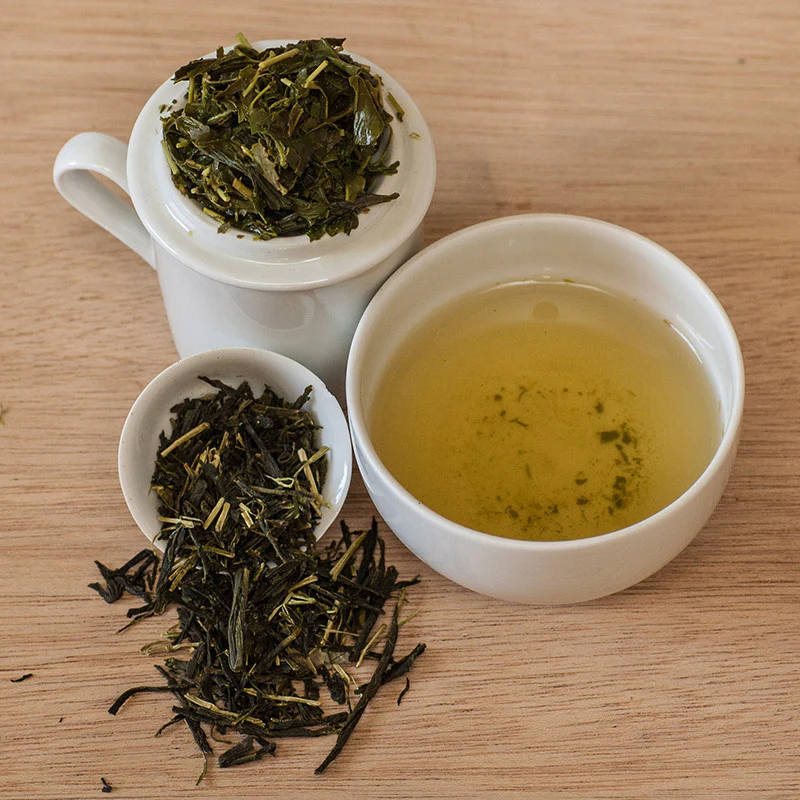
Bancha is a popular everyday household green tea in Japan. Bancha is harvested last at the end of the season. As a result, their leaves are mature, harsh, and have a low fragrance. It is compared to being of inferior quality to Sencha or your
Bancha might also include stems or twigs, another sign of low-quality green tea. The brew releases a light color with more astringency than most other green teas. Compared to other green teas, Bancha is high in magnesium, fluoride, and calcium. Some of its benefits are:
- Prevents oral infection
- It helps in bone development
- Maintains blood sugar level and blood pressure
Recent posts
Nutrition
Nutrition
Licorice Root: Benefits And Uses
You can spell it liquorice or licorice; this herb or root has been in use for centuries in most medicinal applications, as a natural sweetener and to enhance flavors. Regarding its origins, it comes from the root of the "Glycyrrhiza galbre" plant and...
Nutrition
Is Salmon Good For You? Nutritional Facts and Benefits
Salmon fish is a staple diet throughout the world, popular as a super food for its nutrients. Whether savored in sushi, poached, grilled, roasted, or pan-fried, salmon offers minerals and vitamins that contribute to healthy bodily functions. In addit...
Nutrition
25 Smoked Salmon Recipes That You Will Enjoy
Salmon is a silver-colored fish that is loaded with many nutrients, vitamins, and omega-3 fatty acids. Smoked Salmon is better for improving your health and reducing the risk of cancer, heart-related diseases, fights inflammation, reduces anxiety and...
Nutrition
Are Sausages Healthy? Nutrition And Health Benefits
Sausages are tasty in an addictive way, making them one of the most popular foods worldwide. You may have enjoyed this convenient food often, whether on a bun with mustard or grilled on a barbecue, the simple preparation methods are what makes its co...
Nutrition
20 Vegetables That Are Rich In Iron
Iron is essential for our bodies to function well. When we don't get enough iron, we often feel weak and tired. It's important to address iron deficiency early by eating the right foods. Fortunately, many vegetables are rich in iron and can help prev...
Nutrition
15 Cauliflower Nutrition Facts And Health Benefits
Cauliflower, a cruciferous vegetable, resembles a white variation of its relative, broccoli. Like broccoli, it has closely bunched florets attached to a thick core, often surrounded by a few leaves. While white is the most common color, cauliflower i...
